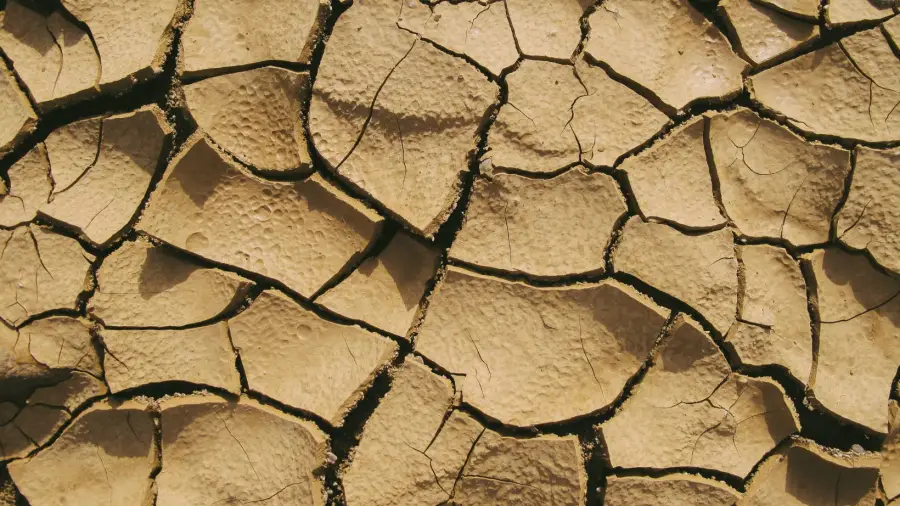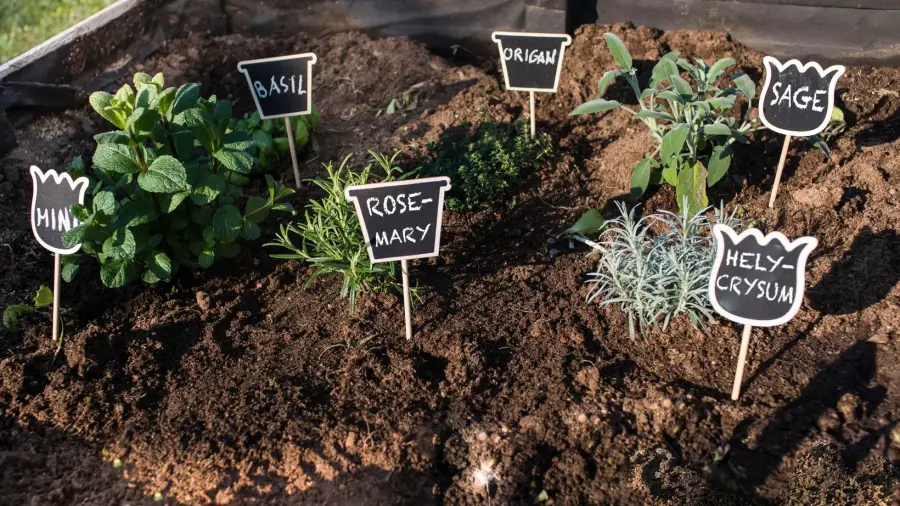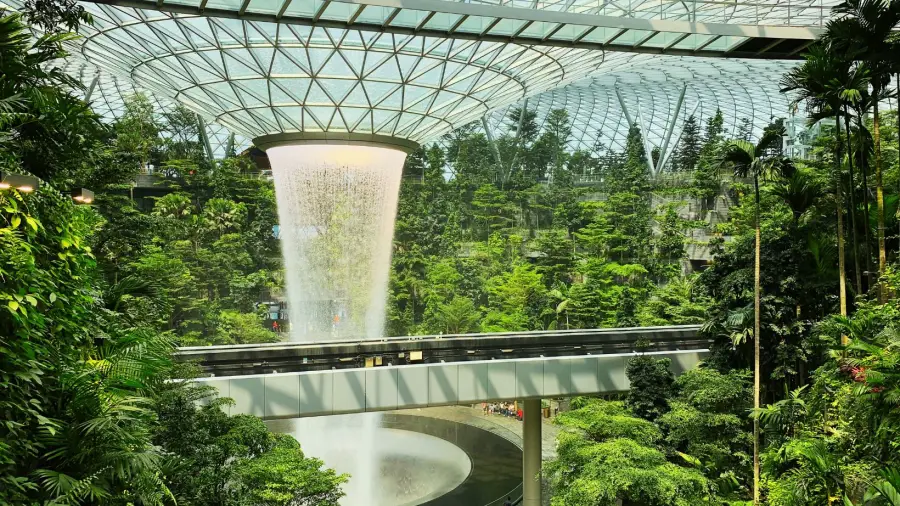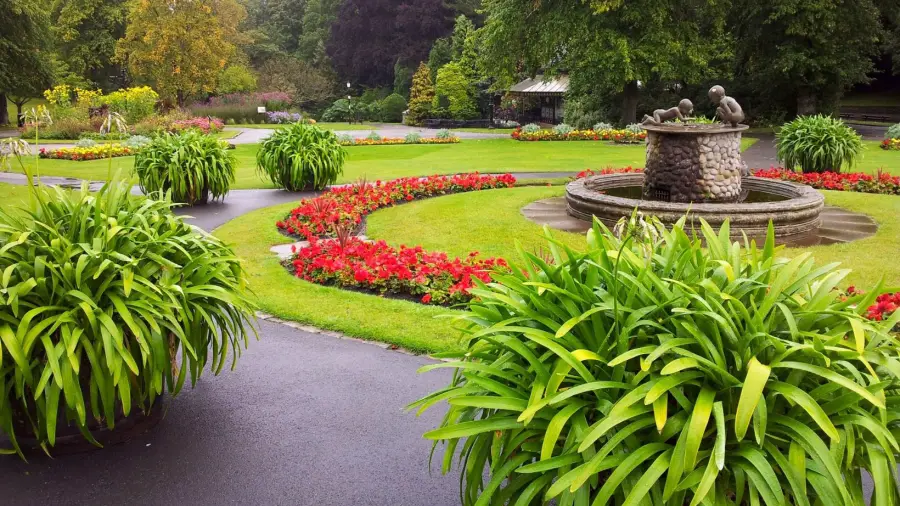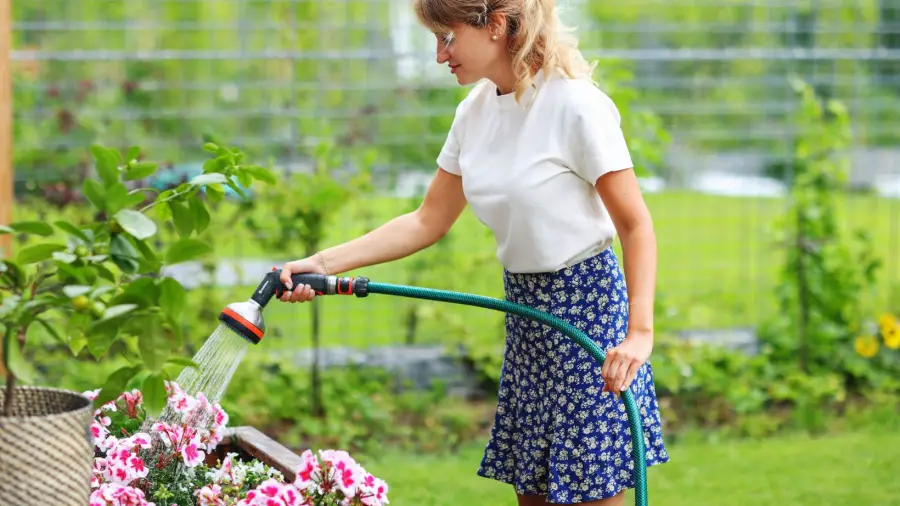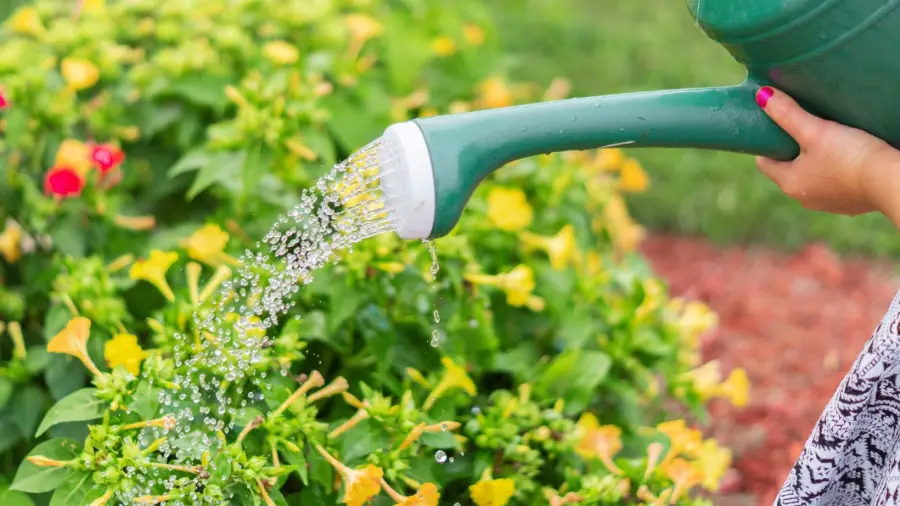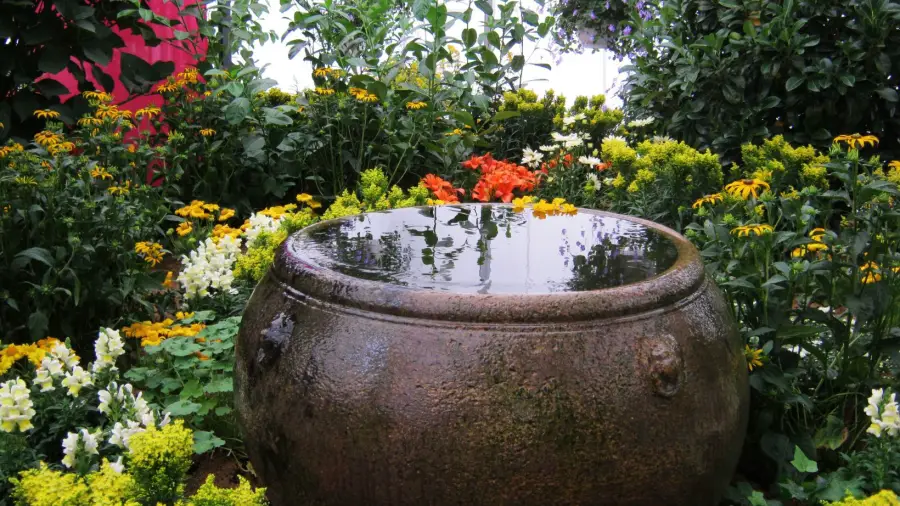Improve garden soil naturally by adding organic matter and maintaining the right pH balance. Regularly incorporate compost to enhance soil structure and fertility.
Gardening enthusiasts often strive for fertile, well-aerated soil to promote robust plant growth. Achieving this involves a natural approach that enriches the soil ecosystem, catering to a more vibrant garden. A crucial step is to integrate organic materials like compost, which introduces beneficial microbes and nutrients.

How to Improve Garden Soil Naturally: This process not only improves the soil’s physical properties but also supports its biological health. Balancing the soil’s pH is also essential; it ensures nutrients are available to plants and affects their ability to thrive. By focusing on these natural techniques, gardeners can cultivate a rich soil foundation that fosters a thriving and sustainable garden environment.
Table of Contents
The Importance Of Healthy Soil
The Importance of Healthy Soil cannot be overstated in the world of gardening. Like a bustling city for plants, healthy soil teems with life and is the foundation of a vibrant garden. Rich in nutrients and favorable structure, it ensures plants have everything they need to grow. Let’s dive into how vital healthy soil is to your garden’s success.
Basis Of A Thriving Garden
A thriving garden starts with the quality of its soil. Plants rely on the soil for water, essential nutrients, and support. Consider soil as the base of your garden’s food chain. Here’s how you can enhance it naturally:
- Composting: Add homemade compost to supply organic matter.
- Crop rotation: Alternate plants annually to balance nutrient use.
- Cover crops: Plant legumes to fix nitrogen in the soil.
Follow these practices consistently for best results.
Environmental Benefits Of Rich Soil
Rich soil doesn’t just benefit your plants; it’s a boon for the environment too. The soil acts like a sponge, absorbing and filtering rainwater, which helps to prevent flooding. It can even combat climate change by storing carbon. Here are several key benefits to note:
| Benefit | Description |
|---|---|
| Water retention | Improves soil’s ability to hold water. |
| Biodiversity | Supports a range of life forms. |
| Erosion prevention | Healthy root systems keep soil intact. |
| Carbon sequestration | Stores atmospheric carbon, aiding in climate control. |
Each benefit plays a critical role in the health of both your garden and the planet.
Composting: Nature’s Recycling
Imagine turning kitchen scraps and yard waste into garden gold. That’s composting! It’s like recycling for nature. Compost improves soil by adding nutrients, helping with water retention, and inviting earth-friendly critters. Ready to create black gold for your garden? Let’s dig into making compost!
Creating Your Own Compost
Building a compost pile is like making a layered cake for your garden. You’ll need a spot in your yard where you can start piling up ‘greens’ and ‘browns.’ Greens are nitrogen-rich stuff. Think of fruit and vegetable peelings, coffee grounds, or grass clippings. Browns are carbon-packed and include dried leaves, straw, or shredded newspaper. Alternate these layers and give the pile a good mix every few weeks. Add water to keep it moist like a wrung-out sponge. With time, these materials break down and become rich compost.
Types Of Compost Materials
Not all waste is created equal for composting. Here’s a simple guide:
- Do add:
- Fruit scraps
- Veggie peels
- Eggshells
- Coffee grounds
- Grass clippings
- Leaves
- Sawdust
- Do not add:
- Meat or fish scraps
- Dairy products
- Fats and oils
- Pet waste
- Diseased plants
- Weeds with seeds
Remember, balance is key. Aim for a mix of greens and browns. This balance speeds up the process and avoids odors. In time, you’ll have a nutrient-rich compost to boost your garden soil naturally!
Mulching: A Protective Layer
Mulching: A Protective Layer stands as a natural shield for garden soil. It conserves moisture, prevents weed growth, and enriches soil structure. Let’s uncover how to select and apply mulch effectively to give your garden the best care.
Choosing The Right Mulch
Selecting the best mulch helps gardens thrive. Organic options like straw, wood chips, and leaf litter nurture soil as they decompose. Consider mulch type, local climate, and soil needs before choosing.
- Wood Chips: Best for moisture retention.
- Straw: Excellent for vegetable gardens.
- Leaf Litter: Enriches soil with nutrients.
Application Techniques
Effective mulch application ensures maximum benefit. A layer of two to four inches suits most gardens. Do not pile mulch against plant stems to avoid rot.
- Clear the area of weeds.
- Spread a thin layer of compost if desired.
- Apply mulch evenly, avoiding direct contact with plant bases.
Finally, water the mulched area to kickstart the soil improvement process. This care routine yields a lush, vibrant garden.
Natural Fertilizers To Enrich Soil
Rich, fertile soil is the backbone of a flourishing garden. Natural fertilizers offer a sustainable path to enrich your garden soil without the need for harsh chemicals. These fertilizers not only nourish your plants, but they also improve soil structure, promote microbial life, and maintain a balanced ecosystem in your backyard. Let’s explore how to enhance your soil naturally.
Organic Vs Synthetic Fertilizers
The choice between organic and synthetic fertilizers can significantly affect your soil’s health and the environment. Organic fertilizers come from natural sources like plants, animal waste, and minerals. They release nutrients slowly, improving your soil over time. Synthetic fertilizers are man-made and can provide quick nutrient boosts. However, they may disrupt soil life and lead to long-term damage.
Making Homemade Fertilizers
Creating homemade fertilizers is an effective way to give your plants the nutrients they need without leaving your home. Here are some simple recipes:
- Compost: Mix kitchen scraps like fruit and vegetable peels with yard waste. Let it decompose to create a nutrient-rich compost.
- Manure tea: Steep manure in water for several days and use the liquid to water your plants, providing a gentle nitrogen boost.
- Banana peel fertilizer: Chop up banana peels, bury them near your plants, and let them decompose to supply potassium and other minerals.
- Eggshell fertilizer: Crush eggshells into a powder and sprinkle them around your plants to add calcium to the soil.
With these natural fertilizers, you can expect a bounty of healthy plants and a vibrant garden.
Encouraging Beneficial Organisms
Your garden soil is alive with the potential to bloom into a thriving ecosystem! Let’s dive into the world of beneficial organisms. These tiny helpers play a vital role in enhancing soil quality and plant health. Starting with earthworms and microbial life, strategies to nurture these garden allies can fortify your soil naturally.
Attracting Earthworms
Earthworms are the engineers of fertile ground. Their tunneling work aerates the soil. They also break down organic material into nutrients plants can use.
- Add organic matter like leaves and compost to entice them.
- Keep soil moist, earthworms love damp environments.
- Avoid chemical fertilizers, go organic to protect earthworms.
Promoting Microbial Growth
Microbes are like tiny garden chefs; they cook up nutrients for your plants. Boosting their numbers means a healthier soil.
| Tip | Benefit |
|---|---|
| Use compost and manure | Feeds microbes |
| Mulch your beds | Protects microbial habitat |
| Avoid tilling | Preserves microbial communities |
Also, planting cover crops, like clover or peas, can increase soil nitrogen. This is a favorite food for many microbes. A simple rotation with these plants can amplify microbial growth and soil health.
Water Wise: Sustainable Irrigation
Embracing ‘Water Wise: Sustainable Irrigation’ is a crucial step towards nurturing your garden soil naturally. Efficient water use not only preserves this vital resource but also creates a healthier environment for your plants. Let’s delve into innovative ways to conserve water and irrigate effectively to boost soil vitality.
Methods Of Conserving Water
Conserving water is not just eco-friendly, it’s essential for a thriving garden. The right strategies can help you use less water, maintain optimum soil moisture, and keep your garden lush.
- Mulching: Cover soil with organic materials. This reduces evaporation.
- Rain Barrels: Collect rainwater for later use. It’s free and reduces runoff.
- Drip irrigation: Delivers water directly to plant roots. This minimizes waste.
- Plant selection: Choose local or drought-resistant plants. They need less water.
- Watering times: Water early morning or evening. The sun will evaporate less water.
Irrigating Effectively
Irrigating effectively guarantees that your garden receives just the right amount of water at the right time. It promotes deep root growth and enriches your soil naturally.
- Know your soil: Different soils need different amounts of water.
- Check moisture: Use a soil moisture meter or your finger to test before watering.
- Water deeply: Deep watering encourages deeper roots and strengthens plants.
- Group plants: Place plants with similar water needs together to streamline watering.
- Use timers: Automated irrigation systems with timers ensure precision and consistency.
Frequently Asked Questions Of How To Improve Garden Soil Naturally
What Is The Best Way To Rejuvenate Garden Soil?
To rejuvenate garden soil, add organic compost and mulch, rotate crops, restrict chemical use, and perform regular soil testing to tailor amendments.
How Do You Turn Bad Soil Into Good Soil?
To improve bad soil, begin by adding organic matter like compost or manure. Test soil pH levels and adjust with lime (for acidity) or sulfur (for alkalinity). Incorporate mulch to retain moisture and suppress weeds. Regularly aerate soil to enhance drainage and encourage root growth.
How Can We Improve Soil Quality Naturally?
Improve soil quality naturally by adding compost, utilizing crop rotation, planting cover crops, and encouraging beneficial insects. Avoid over-tilling and reduce chemical use to maintain healthy soil biodiversity.
What Can I Plant To Make My Soil Better?
To improve soil quality, plant cover crops like clover, mustard, and legumes which enrich soil through nitrogen fixation and organic matter addition.
Conclusion
Embracing natural methods to enhance your garden’s soil fertility can be immensely rewarding. By integrating organic matter, employing cover crops, and embracing composting, you provide your plants with a thriving environment. Cultivating healthy soil is a sustainable step towards a lush and productive garden.
Keep it natural, and watch your garden flourish.
(What to Do If Your Garden Soil is Clay: https://bonsainurserybd.com/what-to-do-if-your-garden-soil-is-clay/)





